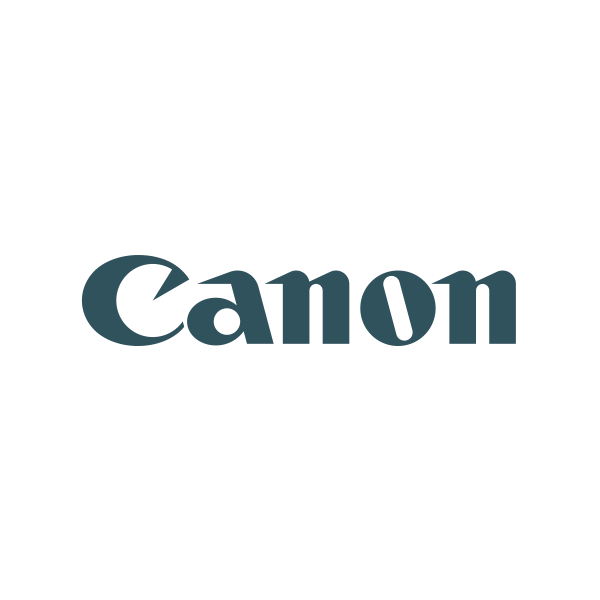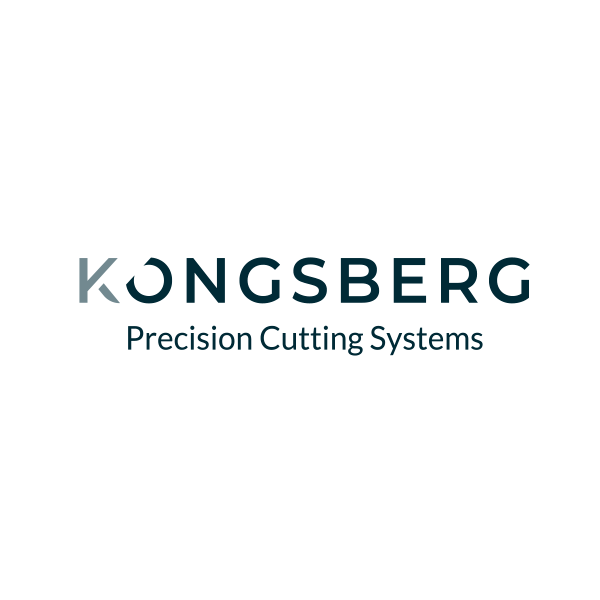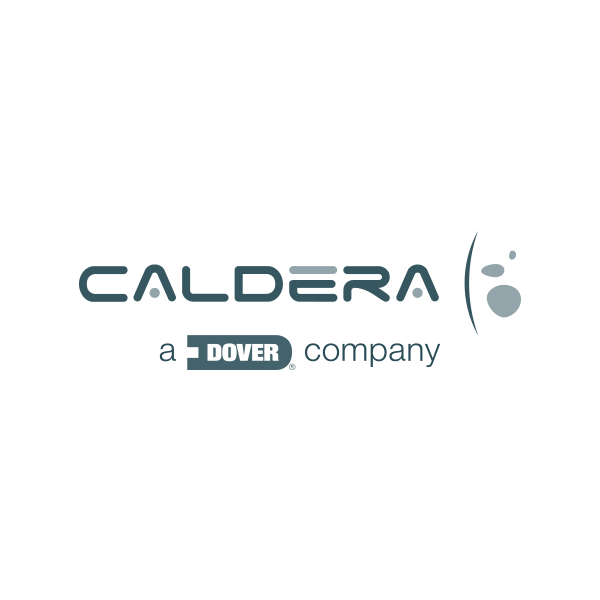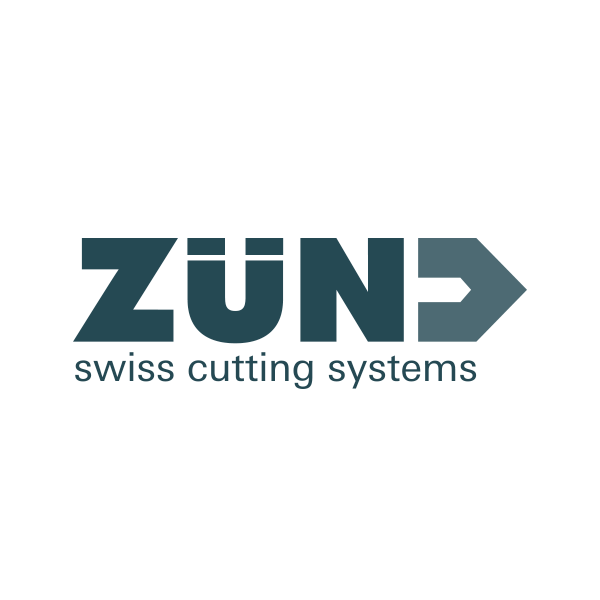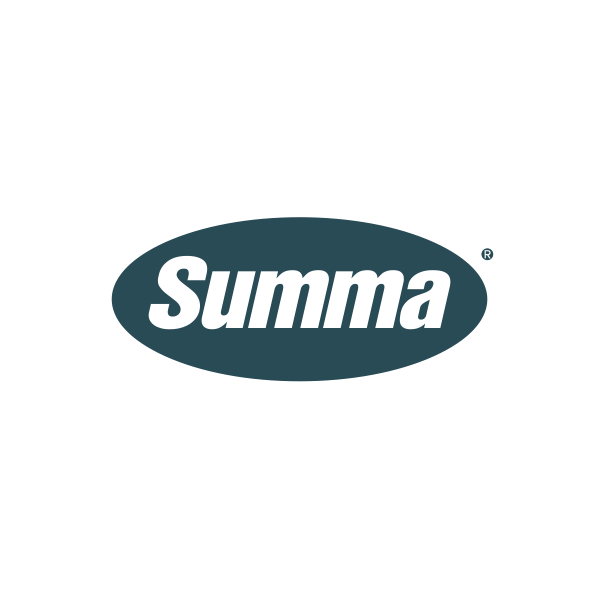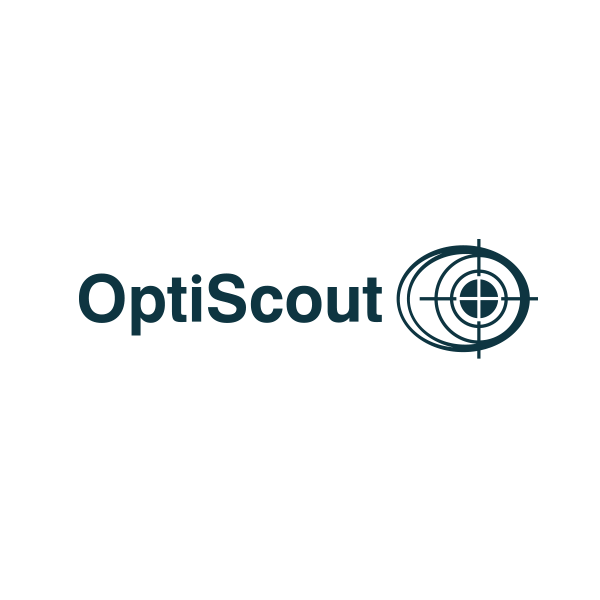Wide Format Automation Suite
Your software for automating wide format printing
Save time-consuming manual steps in your printing process. The Wide Format Automation Suite is our solution for the individual automation of wide format printing (wide and super wide format). The software suite combines an intelligent workflow management system with a comprehensive prepress package and tools tailored specifically to the needs of wide format printing.
From job entry to printing and finishing, the Wide Format Automation Suite offers maximum automation and reliability for all production steps. Optimize your machine utilization with the flexible wide format printing software, while sustainably utilizing substrate and increasing throughput times.
Why to use our wide format printing software for your process?
OneVision's Wide Format Automation Suite has many advantages that you can benefit from. We have summarized the five most convincing reasons here:
- Market leading technologies such as nesting, tiling & paneling.
- Middleware: Integration into your existing system landscape
- The software uses metadata, job tickets and barcodes as a workflow basis
- Production processes are streamlined, e.g. by reducing extreme file sizes without loss of quality
- Exclusive on the market automatic file check incl. correction
Our technology and integration partners
Only with smooth workflows wide format printers can produce efficiently and economically. Seamless interaction between these systems is the key. As modular software, the Wide Format Automation Suite can be connected to any system using structured data exchange.
Read more about integration
Sustainable substrate use with intelligent nesting technology
OneVision´s nesting technology creates material-saving print forms based on file and job information – across customers, sorted or based on your needs.
More about nesting software
Production optimized files
Automated file checking and correction enables error-free production – manual work steps are reduced, costs saved.
More about automated file preparation
These customers rely on our Wide Format Automation Suite
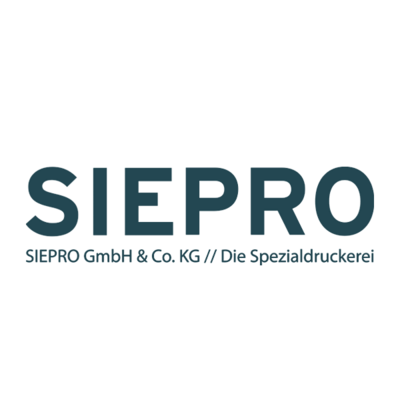
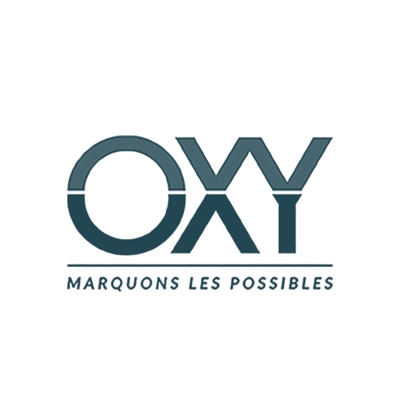
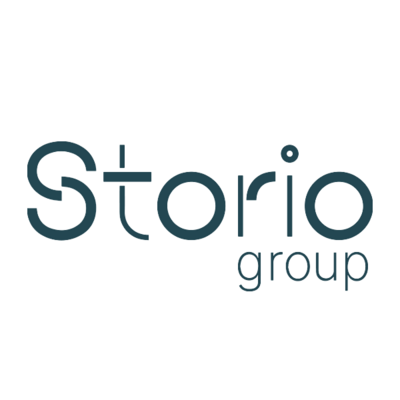
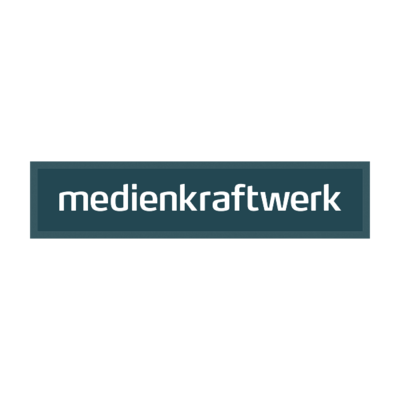

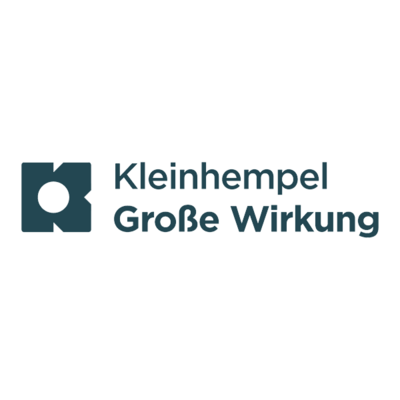
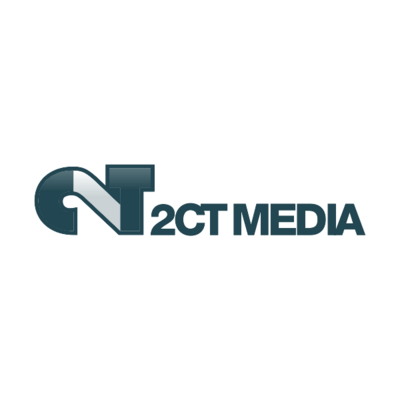
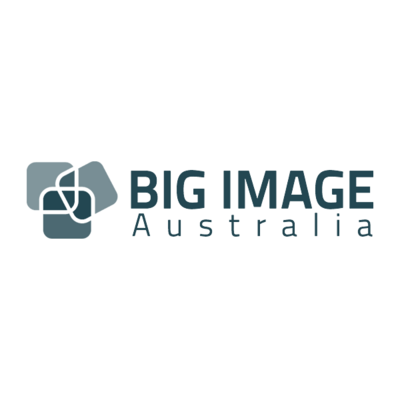
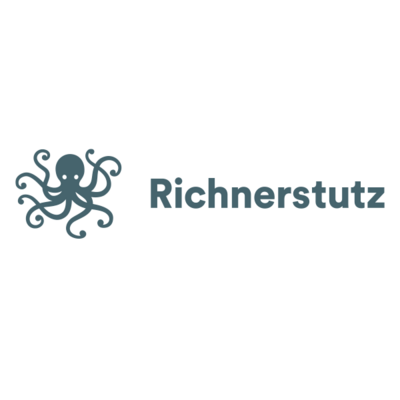
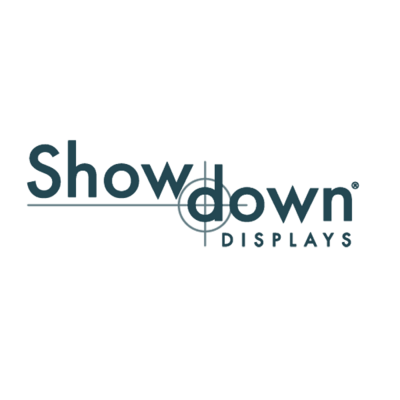
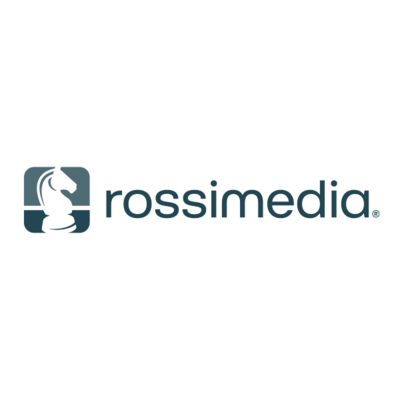
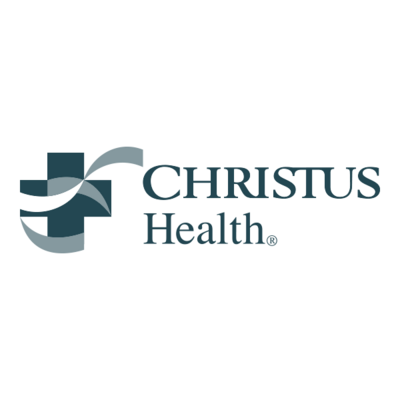

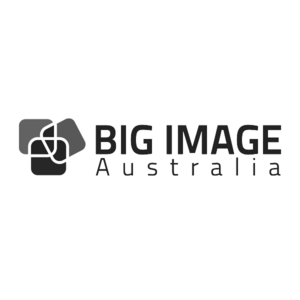
Deon Capogreco, Managing Director at Big Image Australia”OneVision has allowed us to process files faster and more accurately than ever. We have only just scratched the surface of what is possible.”
